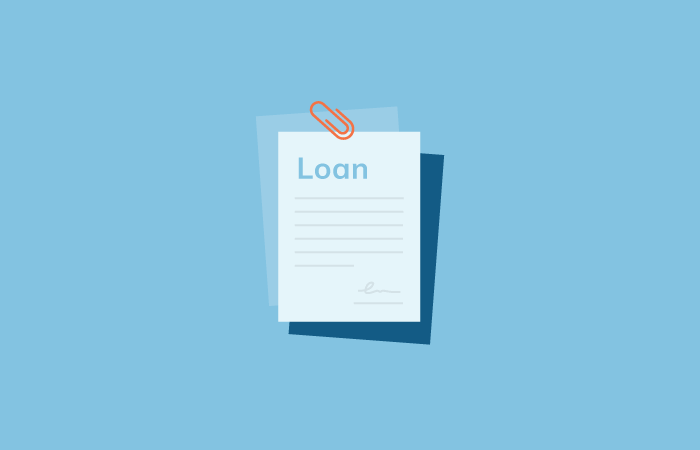To help financial institutions and borrowers sort out the language associated with the many SBA loan programs available, here are some of the buzzwords, names, and brief explanations of various SBA programs tied to coronavirus relief and the CARES Act (sources: SBA, CARES Act):
CARES Act: The $2.2 trillion Coronavirus Aid, Relief, and Economic Security Act, signed by President Donald Trump on March 27, 2020, to provide relief to businesses and households as a result of the impact of the coronavirus crisis. It includes: $349 billion for Paycheck Protection Program loans, $10 billion for Emergency EIDL Grants, and $10 billion for minority business centers of the Minority Business Development Agency to provide technical assistance to small business concerns.
Paycheck Protection Program: A new $349 billion loan program included in the CARES Act that will be available through SBA 7(a) lenders (banks and credit unions) offering unsecured, no-collateral-required, 100% guaranteed loans of up to $10 million or 2.5-times average monthly payroll, whichever is less. The loan will be forgiven if it is used for payroll, utilities, rent, or interest on a covered mortgage. In addition to small businesses (generally, those with 500 or fewer workers), borrowers can include nonprofits, self-employed people (with or without workers), sole proprietors, and independent contractors. Borrowers have to attest that they were affected by the coronavirus, need the funds to keep operating, and that they will maintain the number of full-time-equivalent workers used in determining the loan amount.
SBA 7(a) loans: The traditional SBA 7(a) loan program offers loans of up to $5 million for eligible small businesses to use for working capital; expansion/renovation; new construction; purchase of land or buildings; purchase of equipment, fixtures; lease-hold improvements; refinancing debt for compelling reasons; seasonal line of credit; inventory; or starting a business. Loans typically require borrower guarantees and collateral, and they are usually 50% to 90% guaranteed by the SBA.
Economic Injury Disaster Loan (EIDL): These loans of up to $2 million for working capital are available through the SBA website. Congress approved $7 billion in EIDL’s in the first bill it approved in mid-March, then another $10 billion in the CARES Act signed March 27. Loans are available through Dec. 31.
Emergency EIDL Grants: Through this provision of the CARES Act, applicants of EIDLs can receive up to $10,000 in an emergency grant through the SBA. The money can be used for providing paid sick leave to employees, maintaining payroll to retain employees during business disruptions or slowdowns, meeting increased costs, making rent or mortgage payments, and repaying obligations that can’t be met due to revenue losses.
SBA Express loans: 7(a) loans with accelerated turnaround time for review by the SBA (within 36 hours). Loans usually are up to $350,000, but under the CARES Act, they can be as much as $1 million.
SBA Express Bridge Loans: These loans of up to $25,000 for working capital will be offered through SBA Express Lenders through March 13, 2021, to small businesses demonstrating they were adversely impacted by the COVID-19 emergency. Lenders will use a streamlined underwriting process. Loan proceeds must be used exclusively to support the survival and/or reopening of the small business.







